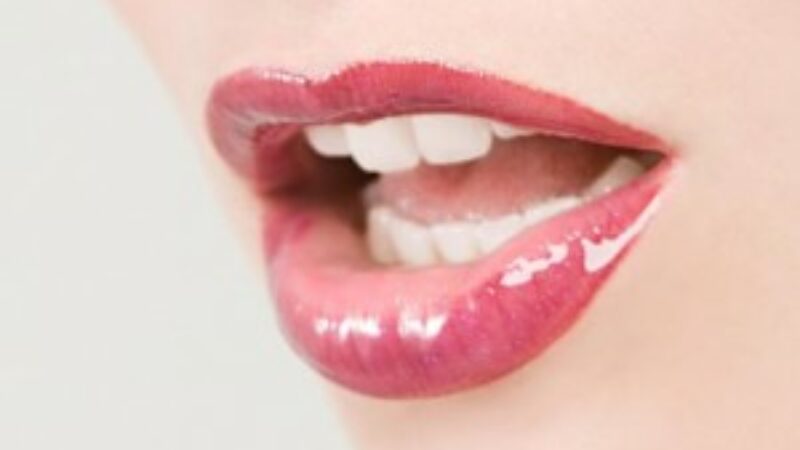Around this time of year, we start getting a lot of questions about self tanners. Whether it is due to the fact that resort wear is prominent in every department store window or we just have had enough of winter, our minds are focused on one thought: We need some sun!
Most of us are well aware of the dangers of sun exposure, but the glow associated with a tan is almost irresistible. We’re still of the mindset that coming back from a warm weather holiday without even a hint of sun-kissed skin makes it (almost) pointless to have gone away.
So, in honor of a dear friend who, year after year, chooses the safe option of a self tanner before her holiday (and then has no qualms about showing us the streaky, orange results on her legs), here are some tips to make your self tanning experience more successful than hers:
1. Exfoliate the skin.
Most self tanners use the ingredient dihydroxyacetone (DHA), a sugar that reacts with dead skin cells that sit on top of your skin and causes them to change color. The goal is to have an even layer of skin cells for the self tanning formula to work with. To get a smooth, streak-free result, apply the self-tanner right after exfoliating the skin.
2. Moisturize the skin.
Or not. This may sound confusing, but there are differing opinions as to whether moisturizing will help or hinder the effectiveness of the self tanner. One thing to consider is that the drier your skin, the more it will absorb. Applying a moisturizer to your knees, elbows, hands and feet may prevent those areas from absorbing too much tanner and leaving you with uneven dark patches.
3. Even Applications.
Aim for even application, one section of your body at a time, starting at the bottom with your feet and working your way up.
4. Wash Hands.
Thoroughly wash hands when finished to avoid staining. Wear disposable surgical gloves if possible, and give yourself plenty of time for the self tanner to dry before getting dressed.
If you still get streaky results, despite your best intentions, soak a cotton ball or pad in undiluted lemon juice and wipe over the streaky areas. The citric acid in lemon juice will help to smooth away unevenly applied tanner by sloughing off skin cells that have been overly tanned.
5. Do a test patch.
It’s always a good idea to do a small test patch before applying the self tanner to the rest of your body. The final color depends on how your skin reacts to the DHA and how much it will absorb. Once you’ve reached your optimum glow, don’t forget to protect your skin with a photostable, broad spectrum sunscreen like Anthelios.
Check out our selection of self tanners, including Fake Bake Flawless Self-Tanning Liquid, a fast-drying and paraben-free formula that Lou Lou Magazine calls “foolproof”.



There are still lots of people who are not completely aware of the harmful UV rays coming from sun. I prefer self-tanning lotions over sun and also tanning beds. Thanks for sharing the inputs.